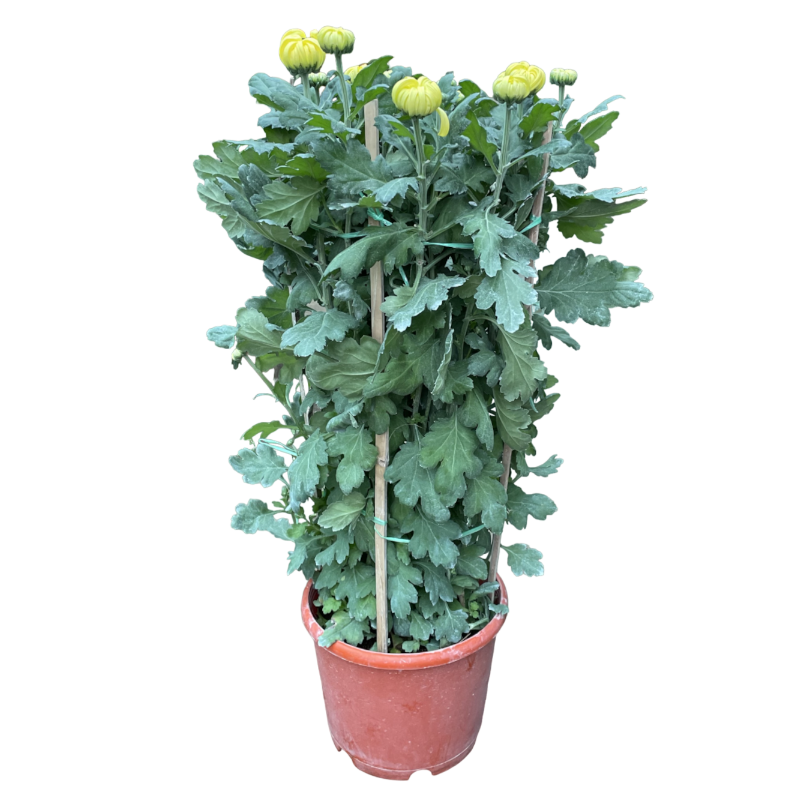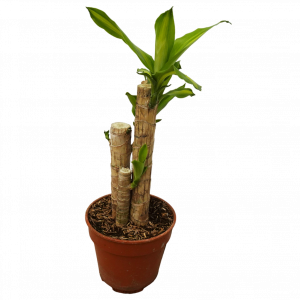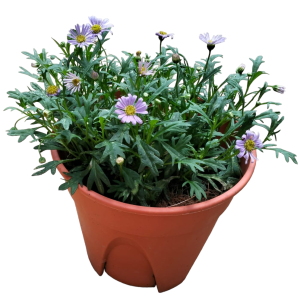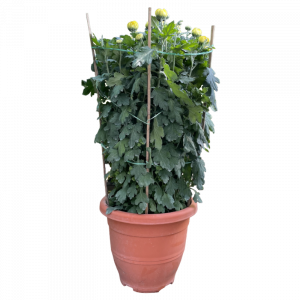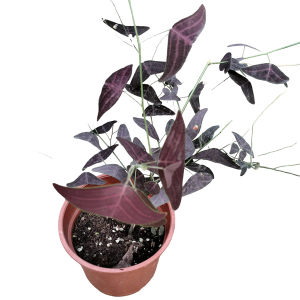Chrysanthemum, commonly known as mums or chrysanths, is a beloved flowering plant known for its stunning blooms and vibrant colours. Native to Asia and northeastern Europe, this perennial is celebrated for its diverse range of flower forms, including daisy-like, pompon, and decorative styles. Chrysanthemums can grow to heights of 30 to 90 centimetres, producing a bushy appearance that makes them ideal for borders, containers, and garden displays. Their flowers come in an array of colours, including white, yellow, pink, red, and purple, making them a popular choice for both ornamental gardens and floral arrangements.
Plant Care Guide
Light Requirements: Place your mums in a location with full sun, ideally receiving at least 6 hours of direct sunlight daily. Adequate sunlight is crucial for promoting abundant blooms and strong growth.
Soil: Use a well-draining potting mix enriched with organic matter. A blend of peat, compost, and perlite will provide good aeration and moisture retention, supporting healthy root development.
Watering: Water your Chrysanthemums regularly to keep the soil consistently moist but not soggy. Water when the top few centimetres of soil feel dry, ensuring thorough watering to encourage deep root growth. Avoid letting the plants sit in standing water.
Fertilising: Apply a fertiliser to promote healthy growth and vibrant blooms.
Pruning: Regularly deadhead spent flowers to encourage new blooms and maintain a tidy appearance. Trim back any leggy or damaged growth to promote bushiness and overall health.
Pest Control: Keep an eye out for common pests such as aphids, spider mites, and whiteflies. If detected, treat infestations with insecticidal soap or neem oil for effective, organic pest management.
Lighting: Full Sun
Watering: Water Moderately
Watering Frequency: When top layer of soil is dry
Aphids : Aphids are tiny, pear-shaped insects that range in color from green to yellow to black. They feed on the sap of plants using their sharp, piercing mouthparts and can cause stunted growth, curling leaves, and other damage. They reproduce quickly and can form large colonies, making them a common pest in gardens and greenhouses..
Spider mites: These pests can cause leaves to appear stippled or yellowed, and the plant may lose its leaves. Spider mites thrive in dry conditions, so increasing humidity levels and regularly misting the plant can help prevent them..
Whiteflies: Whiteflies are small, moth-like insects that are usually white or yellow in color. They feed on the sap of plants, often congregating on the undersides of leaves, and can cause yellowing, wilting, and stunted growth. They also excrete a sticky substance called honeydew, which can attract ants and lead to the growth of sooty mold..
BABA Mr Ganick 549 Flower Bloom Fertiliser: Every 2 Weeks.


